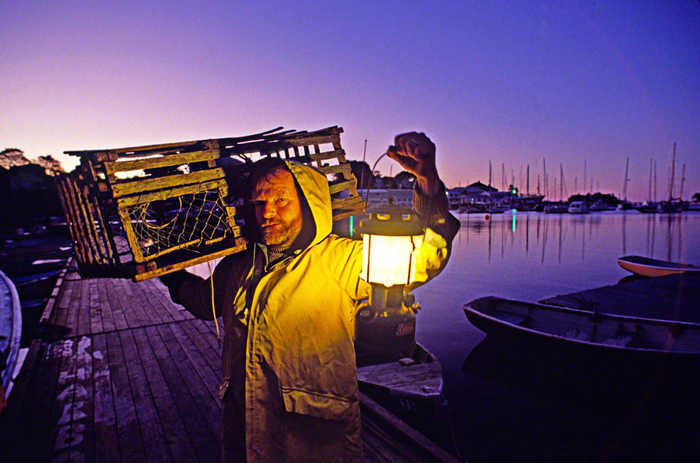
I was recently mentoring a student that was just beginning to take the plunge into being a full time professional photographer. He was setting up a portrait shoot in his semi-new studio and showed me his lighting setup; using his son as a stand in. He ws having trouble getting the background to show up…even a little.
I finally spotted the incident meter and new immediately why he was having trouble getting the light balanced on the son’s face and a much darker background.
It’s one of the very important pieces of information on light I always share with my online class with the BPSOP, and my “Stretching Your Frame of Mind” workshop I conduct around the planet.
Okay, there are two different ways to read the light. There is incident light, and there’s reflected light.
Incident light is the light falling on a subject, and reflected light is the light reflecting (bouncing) off a subject. For the past forty years, when I take a reading, I take a one degree spot reading of a scene or subject (reflected) because it will be more accurate. BTW, it’s a hand held meter made by Minolta; they aren’t made anymore but you can find them on Ebay. Incidentally, I’ve been reading that the hand held meter is gaining popularity.
I’m sure you have all seen a photo that has both white and black people in it. In almost all examples, the black person looks darker that the white person…Why?
Because the black person absorbs more light than he reflects; much less than the white person. If you were to take an incident reading of both people standing right next to one another, you would get the same reading…you’re measuring the light falling on them. It’s the same falling light, and it doesn’t know where or what it’s landing on.
If you were to take a reflected reading of both their faces, there would be a big difference between the two people. When I’m shooting both people in one shot, I always have the black man stand next to the edge of the frame, so I can bounce some extra light on him to bring him up to the same exposure as the others. Yes, I know you can do all this in Photoshop To a point), but like myself, there’s a lot of photographer’s still out there that like doing things in the camera. For me, not only does it make you a better shooter, but it’s a lot more challenging…and I love a challenge!!!
The same goes with other subjects and scenes. Take a look at the above photo of the Lobster fisherman holding the trap. First of all, I knew to the degree where the sun was going to come up by using my Sunpath software and my Morin 2000 hand bearing compass.
I read the early morning sky somewhere between the brightest and darkest part, then the light on his face. When both readings were the same (reflective light), I knew it was time to shoot. As the ambient light got brighter, in order to keep the exposures the same, I had him move the lantern closer to his face until I had lost all the colors of dawn in the sky behind him.
If I had used an incident meter, I would not have been able to get as close a reading as I did…why? Because the sky was reflecting (reflected light) a completely different exposure than the one falling (incident light) on hs face.
I’m all into having complete control which is why I like to read one degree of reflected light at a time, and shooting photos “in the camera”, because I like the process and the challenge.
So, getting back to my mentoring student problem: The light falling on the dark background and the light falling on the subject were being read exactly the same. If he had been reading the reflected light off the background and the reflected light reflcting off the subject’s face, he could have easily adjusted for it…which he finally did!!!
Visit my website at: www.joebaraban.com, and check out my workshop schedule at the top of this blog. Come shoot with me sometime. I just announced my New York, New York Workshop beginning September 17th ,2019 and ending at noon on the 23rd. This will be my second workshop there and this time we’ll be shooting in all the five boroughs.
JoeB





Can you suggest a few light meters.
It would be nice if you could share me a link, on eBay India I did search light meter, and could not get accurate results.
~ ankit / photons…
Ankit,
The meter I’ve used forever was made by Minolta. During that time, it was the best meter you could get. It’s called a ‘Minolta One Degree Spot Meter”. That’s how you’ll see it listed on E-bay. If you want, send me an e-mail when you see one and I’ll take a look at it to see if it’s the right one for the right price. You can send it to:joe@joebaraban.com
JoeB